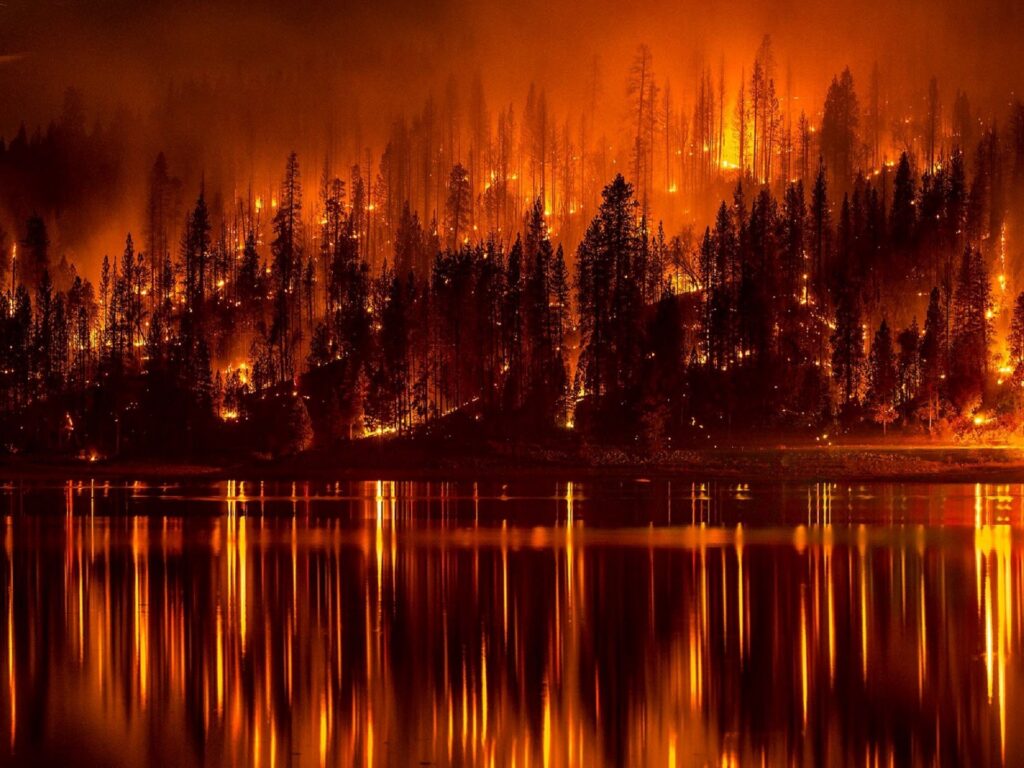
The time for aggressive action to lower atmospheric methane levels has arrived. Here’s why:
Methane has at least 84 times the greenhouse-gas potency of carbon dioxide over a span of 20 years.[1] It’s the second most important greenhouse gas after carbon dioxide. We’re currently just under 419 parts per million (ppm) CO2. But if we include methane, we are already at about 500 ppm CO2 equivalent and rising.
Atmospheric methane is at record highs – 1.9 ppm, nearly three times pre-industrial levels – and climbing fast. Methane levels in the Earth’s atmosphere are now rising rapidly again after a brief plateau from 1999 to 2006 (scientists are unsure why the plateau occurred and why it ended). Methane dissipates naturally through atmospheric oxidation, and has a relatively short half-life in the atmosphere of about 10 years. But methane emissions are rising so fast that they are overwhelming the rate of natural oxidation, and methane concentrations are now more than two times higher than at any time in the last 800,000 years (the period of time for which we have ice core data).
The August 2021 United Nations IPCC report showed that global warming from methane from 2010 to 2019 was two-thirds that due to carbon dioxide.
High atmospheric methane concentrations could be the single biggest factor thwarting the collective effort of countries around the world to keep global warming below 1.5 degrees Celsius[2] under the Paris Climate Agreement[3]
Earth has lost 95% of the oldest, thickest Arctic Sea ice, and the Arctic is forecast to be ice free in summer before 2050. Ground temperatures above the Arctic Circle reached 118 degrees Fahrenheit in July 2021. As more Arctic permafrost thaws and dark Arctic waters absorb more heat, the risk grows that Arctic methane deposits could escape into the atmosphere, and cause more global warming – a kind of feedback loop.
The 2022 Intergovernmental Panel on Climate Change report warned of the possibility of a large release of methane from the Arctic. There is a range of opinion among scientists about whether or when such a release might occur, or how severe it might be. But as long as the possibility of a sudden major release exists, we will need to develop ways to cope with it.
Researchers at Lawrence Livermore National Laboratory wrote in 2012 that if the beginnings of such a release were detected, we should prepare “technological intervention to contain Arctic methane and avoid triggering the feedback loop. Such an intervention would not replace general efforts to reduce GHG emissions andmitigate climate change, but could be considered an emergency counter-measure to avoid the worst outcomes.”
We’re detecting those beginnings now, and it’s time to develop emergency counter-measures.
The Arctic is not the only region that poses a danger of large, sudden methane release that could cause a feedback loop. Current research suggests that as the planet warms, methane releases from wetlands, freshwater systems and other natural sources will increase, especially in tropical latitudes.